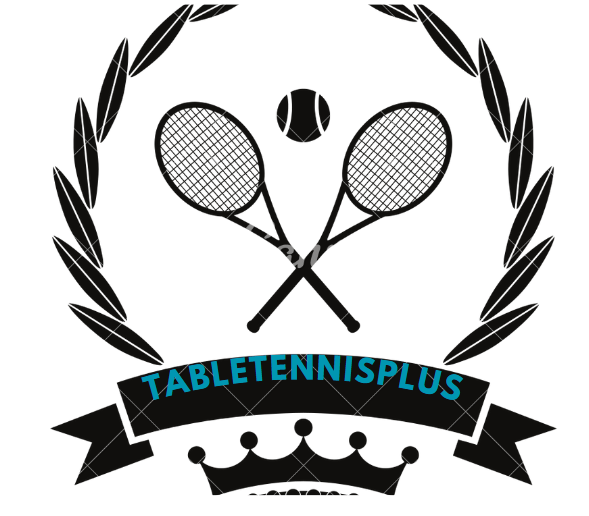If you’re new to table tennis, understanding the scoring system might seem like a daunting task. However, it is an essential part of the game and can greatly enhance your playing experience. Table tennis, also known as ping pong, is a fast-paced sport that requires quick reflexes, precision, and strategy. In this article, we’ll explore the basics of table tennis scoring to help you master the game.
A. What is Table Tennis?
Table tennis is a sport that originated in England in the late 19th century. It is played with a small, lightweight ball and paddles on a rectangular table with a net in the middle. The objective of the game is to hit the ball over the net and onto the opponent’s side of the table without them returning it. With its fast-paced nature and emphasis on skill, table tennis has become a popular sport worldwide.
B. Why is the Scoring System Important?
The scoring system in table tennis is crucial for determining the winner of the game. It adds excitement to the game and ensures fair play. Understanding the scoring system is essential for players, coaches, and spectators alike. It allows you to keep track of the score, strategize your moves, and adapt your gameplay accordingly.
C. The Basics of Table Tennis Scoring
In table tennis, two scoring systems are commonly used: the traditional system and the new system. In the traditional system, the game is played to 21 points, with a two-point lead required to win. In the new system, the game is played to 11 points, also with a two-point lead required to win. Each player serves for two points in a row before the serve changes to the other player. If the score reaches 10-10, players alternate serves after each point until one player wins by two points.
Understanding the Points System
Table tennis has undergone several changes in its points system over the years. The traditional system, used for over a century, played to 21 points. However, it was replaced by the new system in 2001 to make the game more fast-paced and exciting for spectators. In the new system, players play to 11 points, with the first player to reach 11 points and a two-point lead winning the game.
The traditional and new scoring systems each have their advantages and disadvantages. The traditional system allows for strategic comebacks, while the new system is faster-paced and more thrilling. Ultimately, the choice of scoring system depends on personal preference and the rules of the tournament or competition.
How to Keep Score in Table Tennis
Keeping score in table tennis can be done in various ways. The traditional method involves using pen and paper to record the points earned by each player. This method is simple but can be time-consuming and prone to errors. Alternatively, digital scoreboards and mobile apps offer accurate and efficient options for keeping score. Digital scoreboards are commonly used in professional matches and tournaments, while mobile apps provide convenience and additional features for casual players.
Common Scoring Questions and Challenges
As with any sport, table tennis has its fair share of scoring questions and challenges. Here are answers to some of the most common ones:
- How to Determine Who Serves First: At the start of a game, a coin toss determines which player or team will serve first. In subsequent games, the player or team who served first in the previous game will receive first in the next game.
- What Happens When the Score Reaches 10-10: When the score reaches 10-10, the game enters a “deuce” phase. Players take turns serving one point at a time until one player gains a two-point lead. The first player to reach 11 points with a two-point lead wins the game.
- How to Address Scoring Disputes: If there is a dispute over the score, players can ask the umpire for clarification. If the dispute cannot be resolved, the point will be replayed.
- How to Handle Illegal Services: Table tennis has specific rules for serving the ball. If a player serves illegally, their opponent receives a point. The umpire will make the final decision in case of a dispute.
By understanding the scoring system and following the rules, you’ll be able to enjoy table tennis to its fullest. Whether you prefer the traditional or new scoring system, keeping score accurately will add to the excitement of the game. So grab a paddle, rally with your friends, and enjoy the thrill of table tennis!
For more information about table tennis and to explore a wide range of table tennis equipment, visit tabletennisplus.

